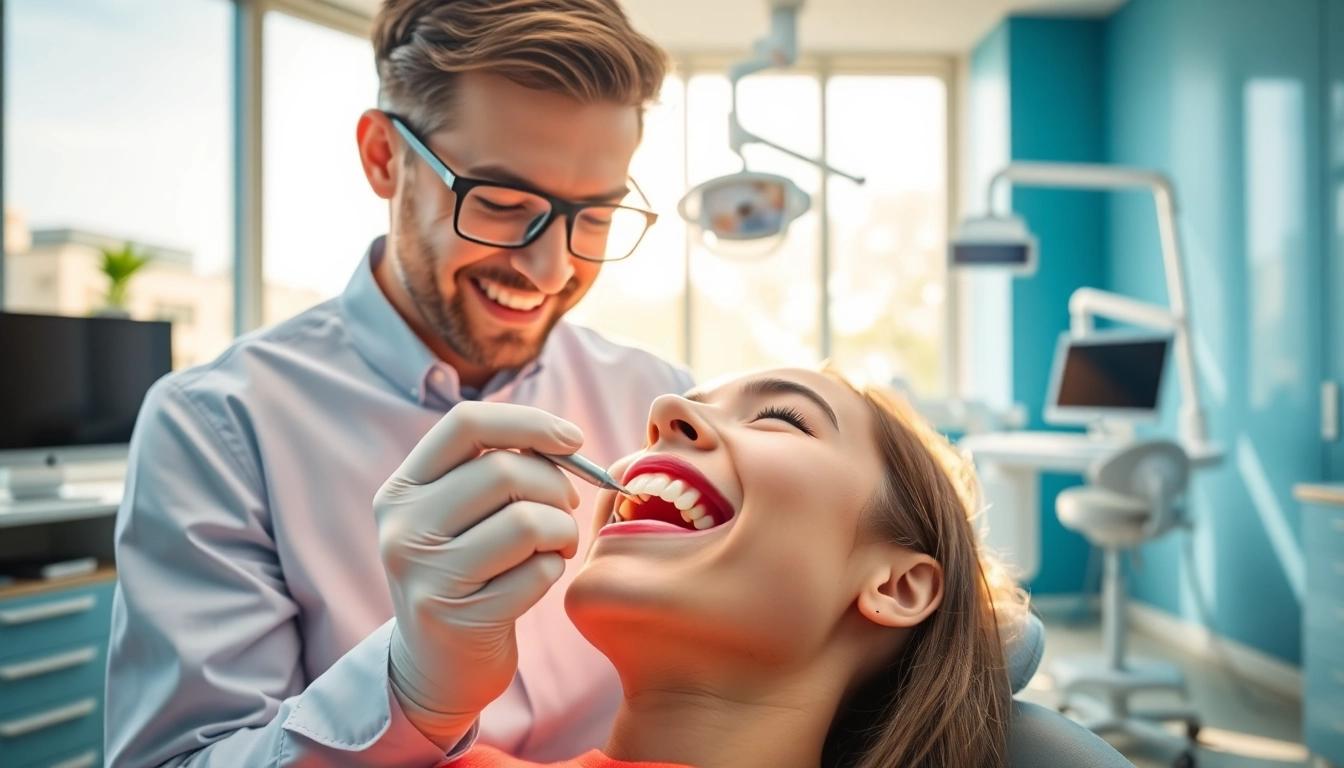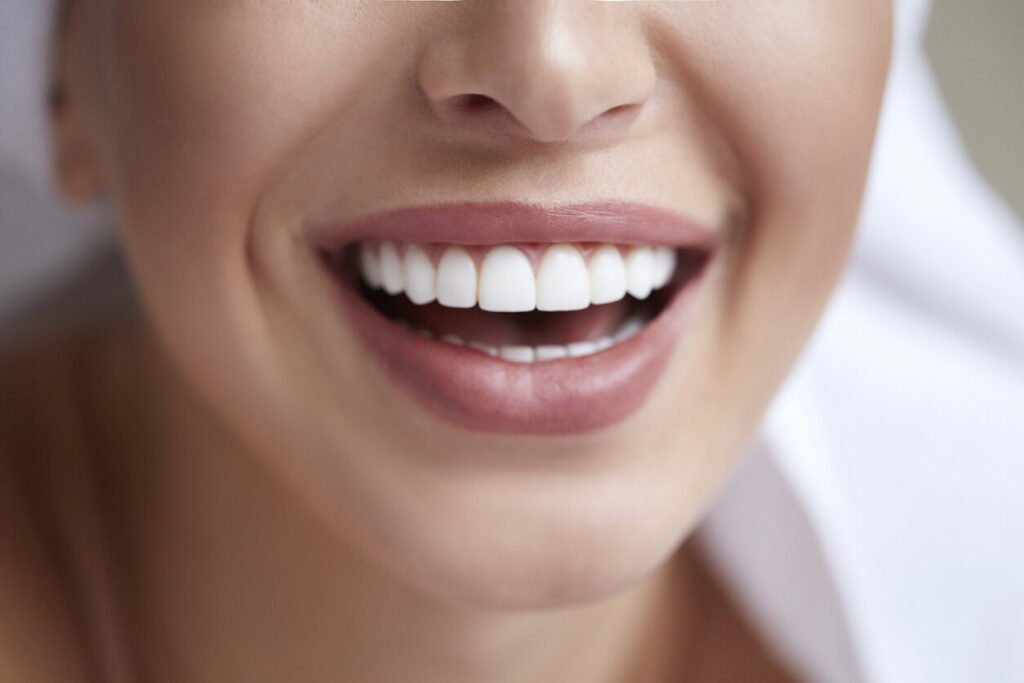Understanding Braces Myrtle Beach: An Overview
Orthodontic treatment has become increasingly accessible and common in today’s society, particularly for those looking to enhance their smile and overall dental health. In Myrtle Beach, residents have numerous options available for braces Myrtle Beach, ranging from traditional to cutting-edge treatments. But what exactly are braces, how do they function, and why is orthodontic treatment essential? Let’s delve deeper into these questions, highlighting the importance of braces, the types available, and what potential patients can expect during their orthodontic journey.
What Are Braces and How Do They Work?
Braces are dental devices used to correct misaligned teeth and jaws. They consist of several components: brackets, wires, and sometimes bands. The brackets are fixed to the teeth with dental adhesive, and the wire is threaded through these brackets to apply pressure. Over time, this gentle yet continuous pressure moves the teeth into their correct positions.
The primary function of braces is to improve the alignment of teeth, but they also serve a variety of other purposes. For instance, they can help with issues such as overcrowding, protruding teeth, and jaw alignment problems. It’s crucial for individuals to understand the mechanics of braces to appreciate the journey toward a straighter smile.
The Importance of Orthodontic Treatment
Orthodontic treatment goes beyond aesthetics; it plays a significant role in overall dental health. A misaligned bite can lead to various complications, including:
- Increased Wear and Tear: Misaligned teeth can result in uneven wear on tooth surfaces, making them more prone to damage and decay.
- Jaw Pain: Misalignment can contribute to discomfort and pain in the jaw, often leading to temporomandibular joint disorders (TMJ).
- Difficulty Cleaning Teeth: Teeth that are not aligned are harder to clean, potentially increasing the risk of cavities and gum disease.
Through orthodontic treatment, individuals not only enhance their aesthetics but also contribute significantly to their long-term oral health.
Common Misconceptions About Braces
Many misconceptions surround braces, which can deter individuals from pursuing essential orthodontic treatment:
- Braces are Only for Kids: While early intervention can be beneficial, braces can be applied at any age, including adulthood.
- Braces Are Too Painful: Modern braces are designed to be more comfortable, with advances in technology minimizing pain and discomfort.
- Braces Take Too Long: The duration of treatment varies depending on the individual case. Many people see significant improvement within a relatively short period.
By addressing these misconceptions, individuals can make informed decisions about their orthodontic treatment.
Types of Braces Available in Myrtle Beach
With advancements in orthodontic technology, there are several types of braces available in Myrtle Beach, each catering to different needs and preferences.
Metal Braces: Traditional Yet Effective
Metal braces are the most common type of orthodontic treatment. They are made from high-quality stainless steel and consist of brackets fixed to the teeth and wires running through them. Metal braces are known for their effectiveness in treating various dental issues, including severe misalignments.
While they are often viewed as less aesthetically pleasing than other options, they are typically the most cost-effective choice. Routine adjustments are required, typically every 4-6 weeks, during which the wire is tightened to continue the movement of the teeth. Despite their visibility, many patients find that the benefits outweigh any initial aesthetic concerns.
Ceramic and Clear Braces: Aesthetic Options
Ceramic braces are designed to blend in with the natural color of teeth, making them a popular choice for those seeking a more discreet appearance. Although they function similarly to metal braces, the brackets are made of clear or tooth-colored materials, which makes them less noticeable.
Clear braces may be slightly more expensive than metal ones and require more care to prevent staining. They are ideal for adults and teens who prioritize aesthetics but still require effective orthodontic treatment.
Invisalign: A Modern Alternative
For those who wish to avoid traditional braces altogether, Invisalign offers a popular alternative. This treatment employs a series of clear, removable aligners that gradually shift teeth into place. The aligners must be worn for 20-22 hours a day, with new sets provided approximately every two weeks to reflect the ongoing movement of the teeth.
Invisalign is particularly appealing because it is nearly invisible and allows for easier oral hygiene. Patients can remove the aligners while eating, reducing dietary restrictions commonly associated with braces. However, it may not be suitable for all orthodontic issues, making a consultation necessary to determine the best course of action.
Choosing the Right Orthodontic Treatment
Selecting the appropriate orthodontic treatment can be a daunting task, as it involves considering factors such as budget, dental needs, and personal preferences. Below are some key aspects to contemplate when making this important decision.
Balancing Cost and Quality of Care
Finances often play a crucial role in deciding which braces to pursue. Metal braces are typically the least expensive option, while ceramic and Invisalign may come with a higher price tag. It is vital to evaluate the cost against the quality of care provided. While affordability is important, compromising on treatment quality can lead to longer treatment times or unsatisfactory results.
Insurance coverage can also impact financial considerations. Many plans provide partial coverage for orthodontic treatments; therefore, it’s essential to check with your insurance provider to understand any benefits associated with braces.
Assessing Your Orthodontic Needs
Understanding your specific orthodontic needs is vital in choosing the right treatment. Factors such as the severity of misalignment, age, and dental health will guide this assessment. An orthodontist can provide a comprehensive analysis and recommend the most suitable options based on individual circumstances.
It’s prudent to consider lifestyle factors as well. For example, active individuals may prefer less bulky options such as Invisalign or ceramic braces, while those with complex orthodontic needs might find traditional metal braces more beneficial.
The Role of Consultation in Decision-Making
Consultations with an orthodontist are essential to making an informed choice. During this initial visit, the orthodontist will conduct a thorough examination, often using X-rays and digital imaging to assess alignment and structural issues. This information provides a clear picture of what treatment may entail and helps set realistic expectations.
The consultation is also the perfect opportunity to discuss any concerns about discomfort, duration, and results, allowing patients to feel more at ease with their treatment plan.
Braces Myrtle Beach: Treatment Process and Timeline
Understanding the treatment process and the expected timeline can help patients prepare psychologically and logistically for their orthodontic journey.
Initial Consultation and Diagnostic Assessments
The journey begins with an initial consultation, where the orthodontist evaluates the patient’s needs and discusses the best options for braces. Diagnostic assessments may include photographs, X-rays, and impressions of the teeth to create a detailed treatment plan. This stage is crucial for developing a personalized approach tailored to each patient’s unique oral structure and alignment.
Fitting and Adjustments Throughout Treatment
Once the treatment plan is established, braces or aligners are fitted. For traditional braces, this involves adhering brackets to teeth and threading the wire, while for Invisalign, the first set of aligners is provided. Adjustments are necessary throughout the treatment process, typically every 4-6 weeks, to ensure that teeth are moving according to plan. Each adjustment may involve tightening the wires or switching to the next set of aligners in the case of Invisalign.
Post-Treatment Care and Retainers
After achieving the desired alignment, the orthodontist will discuss post-treatment care. This usually involves wearing retainers to prevent teeth from shifting back to their original positions. Depending on individual needs, retainers can be permanent or removable. Long-term maintenance is essential to ensure the longevity of the orthodontic results, as it helps maintain that beautiful, newly aligned smile.
Frequently Asked Questions About Braces Myrtle Beach
Those considering braces often have questions regarding the process, including the ideal age for braces and managing life with braces. Below are answers to frequent queries.
What Age is Best for Getting Braces?
Typically, orthodontic treatment begins between the ages of 10 and 14, when most permanent teeth have erupted, making it easier to correct teeth and bite issues. However, children as young as seven may benefit from early evaluation, while adults can also successfully undergo treatment at any age.
How Do Treating Conditions Affect Treatment Time?
The complexity of the dental issues being addressed will impact the duration of treatment. For example, cases involving severe misalignment or needing jaw surgery may require a more extended treatment period. Conversely, minor corrections could be resolved in as little as six months. Setting realistic expectations is crucial when discussing treatment duration with an orthodontist.
Living with Braces: Tips for Comfort and Care
Living with braces can initially feel challenging, but several tips can ease discomfort:
- Oral Hygiene: Maintaining good oral hygiene is essential. Use specialized cleaning tools to ensure that brackets and wires are kept clean.
- Dietary Adjustments: Avoid hard or sticky foods that could damage braces or cause discomfort. Soft foods can be more manageable during the adjustment period.
- Managing Discomfort: Over-the-counter pain relief methods, aside from prescribed options, can help alleviate discomfort after adjustments.
With proper care and adherence to orthodontic guidance, the journey to a straighter smile can be a rewarding experience.












Leave a Reply